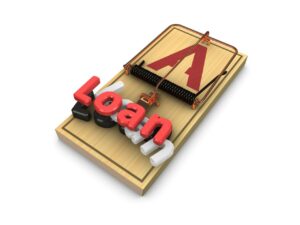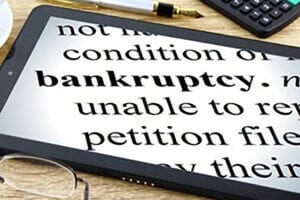Are you considering filing for bankruptcy? Are you curious about bankruptcy and how it applies to different areas?
Bankruptcy laws in Canada may require you to attend bankruptcy court with a trustee. It depends on the bankruptcy code that applies to you. In this article, we’ll look at the requirements to file for personal bankruptcy. In addition to personal bankruptcy, we’ll look at the types of bankruptcy and discharges, as well as small business bankruptcy and corporate bankruptcy.
Personal Bankruptcy
Bankruptcy involves a legal process through which a person resolves all or part of his or her debts. If you cannot repay your creditors, you may be able to file bankruptcy. However, you should evaluate all other options before resorting to this method. Bankruptcy can affect many aspects of your life, such as your credit report and ability to use credit cards or make big purchases in the future.
Requirements to file for personal bankruptcy in Canada
The Bankruptcy and Insolvency Act (BIA) lists the requirements to file for personal bankruptcy in Canada. To file for bankruptcy, you must be a Canadian resident, you’re not able to pay your bills as they come due, and you are more than $1,000 in debt.
Please note that just because you meet the requirements for personal bankruptcy, it doesn’t mean it’s the best option for you. You’ll want to speak with a Licensed Insolvency Trustee (LIT) to make sure you’re making an informed decision before you file.
Types of discharge
Discharge is an essential step in the bankruptcy process. When you’re discharged from bankruptcy, you’re released from any debts covered by it. It also removes restrictions that come with bankruptcy. For example, a person who declares bankruptcy isn’t allowed to borrow over $1,000 without informing the lender they went bankrupt. If you fail to do that, you could be fined, imprisoned, or both under the BIA.
Now that you have a better understanding of what discharge means let’s take a look at the types of discharge.
Absolute
An absolute discharge is the best type of discharge to get. In most instances, personal bankruptcies grant an absolute discharge.
Conditional
A conditional discharge is when the court imposes certain conditions you must meet for your discharge to become absolute. For instance, you may have to make extra payments to distribute to your creditors. Once you meet these conditions, the court should grant you an absolute discharge.
Suspended
A suspended discharge is a variation of an absolute discharge. Essentially, it’s an absolute discharge that doesn’t come into effect until a later date. Reasons that the court may declare a suspended discharge include a criminal investigation, a breach of your duties under the BIA, or previous bankruptcy.
Discharge refused
It’s relatively uncommon, but the court could refuse to grant you a discharge. If this occurs, speak to your LIT to discuss your next course of action.
Types of Business Bankruptcy
Small Business Bankruptcy
If you’re a small business owner, filing for bankruptcy should be considered your very last resort. That’s because when your business is a sole proprietorship or partnership, you can’t hold the assets of the company separate and apart from your assets. In essence, when you file for bankruptcy for your small business, it’s the same thing as filing for personal bankruptcy. For that reason, small business owners should speak with a LIT before considering filing for small business bankruptcy.
Corporate Bankruptcy
Unlike a sole proprietorship or partnership, when your business is incorporated, it’s a separate legal entity, giving you bankruptcy protection. However, the process of filing for bankruptcy for a corporation is more complicated than filing for personal bankruptcy. A director of a corporation filing for bankruptcy may be personally liable for certain debts of the business.
Debts you may still be on the hook for include any loans you’ve personally guaranteed, any outstanding HST that hasn’t been remitted, and any unpaid source deductions from payroll.
Which type of bankruptcy should I file?
Filing for bankruptcy is just one of the many different debt solutions. An alternative to filing for bankruptcy is a consumer proposal. In essence, it is a negotiated settlement with your creditors. Other options include payment plans (DMP and settlement). Call us today to learn how we can help.




